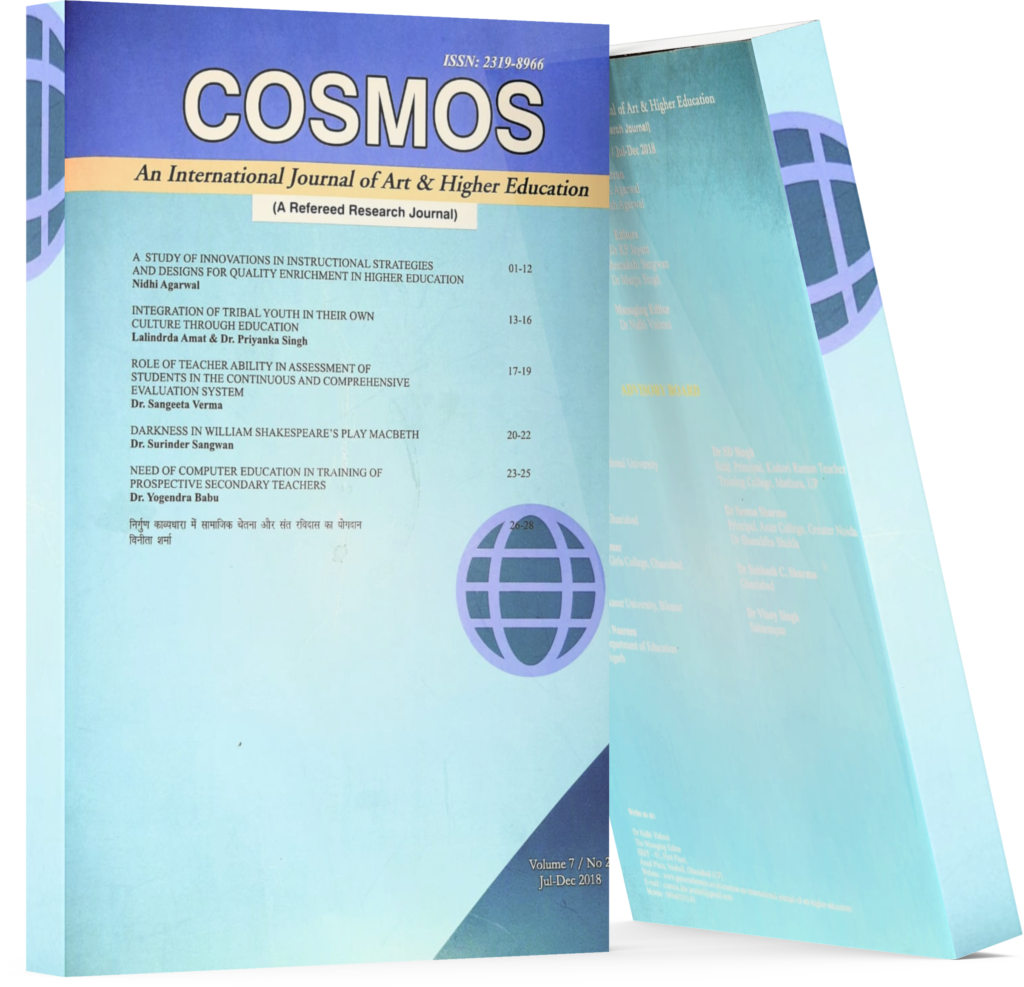Preferred Learning Modality Of Pre-Service Language Teachers: Towards Post Pandemic Education
Keywords:
Face-to-Face Setting, Online Learning, Hybrid Learning ModalityAbstract
Teaching and learning have been traditionally delivered through face-to-face setting. The advent of the global crisis on health in early 2019 has forced many academic institutions around the world to explore alternative means of learning modality. With the help of technology, online learning was made possible. Recent developments in medicine have made it possible for vaccines to be developed that has, in turn, allowed schools and other establishments to partly open their gates via hybrid learning modality. With all that has transpired in the last 3 years, students were presented with 3 different modalities of learning. Learners were able to experience and test each of these 3 modalities and have been familiar with both advantages and challenges each type would possess. From that context, the researcher determined the preferred modality of English language learners from a University in Pampanga and the reasons by which these students preferred that modality. Results reveal that 49.6% of the 125 student participants prefer to study under the hybrid modality. As to the reasons why these students prefer their chosen modality, 69.6% agree with the statement “I can get more knowledge and a deeper understanding by observing and responding to teachers and other students.”. In view of this, it is recommended that schools should reconsider what students have to say about the type of learning modality they best learn from when crafting policies, especially on the possible modality necessary in the post pandemic setting.
Downloads
References
Alexander, S. (2001). E‐learning developments and experiences. Journal of Education and Training; Emerald Publishing Limited. https://doi.org/10.1108/00400910110399247
Allen, I.E. & Seaman, J. (2014). Opening the Curriculum: Open Educational Resources in US Higher Education, 2014. Babson Survey Research Group.
Balluerka, N., et al (2008). Development of a questionnaire to evaluate pilot schemes adapting undergraduate courses to the requirements of the European Higher Education Area (EHEA). European Psychologist. https://doi.org/10.1027/1016-9040.13.3.222.
Conole, G., et al (2008). ‘Disruptive technologies’, ‘pedagogical innovation’: What’s new? Findings from an in-depth study of students’ use and perception of technology.
Computers & Education. https://doi.org/ 10.1016/j.compedu.2007.09.009
Crosby, R.H.J. (2000). AMEE Guide No 20: The good teacher is more than a lecturer-the twelve roles of the teacher. Medical teacher, 334-347. https://doi.org/10.1080/014215900 409429
Durrington, V. A., Berryhill, A. & Swafford, J. (2006). Strategies for enhancing student interactivity in an online environment. College Teaching, 54(1), 190-193, DOI: 10.3200/ CTCH.54.1.190-193
Grant, J. & Hooker, R. (2021). The post pandemic future of higher education. https://doi.org/10.54377/2e17-7b33
Grieve, R., et al (2013). Face-to-face or Facebook: Can social connectedness be derived online? Computers in human behavior. https://doi.org/10.1016/j.chb.2012.11.017
Hobbs, F. (2002). Demographic trends in the 20th century (Vol. 4). US Department of Commerce, Economics and Statistics Administration, US Census Bureau.
Imel, S. (2002). E-Learning. Trends and Issues Alert.
Ituma, A. (2011). An evaluation of students’ perceptions and engagement with e-learning
components in a campus-based university. Active Learning in Higher Education, 12(1). 12. Neelakandan, N. (2021). Hybrid Learning in Education. https://elearningindustry.com/ hybrid-learning-in-education
Palloff, R.M. and Pratt, K. (2007). Building online learning communities: Effective strategies for the virtual classroom. 298-300. https://doi.org/10.1111/j.1467-9647.2009.
x
Robinson, C.C. & Hullinger, H. (2008). New benchmarks in higher education: Student engagement in online learning. Journal of Education for Business, 84(2), 101-109, DOI: 10.3200/JOEB.84.2.101-109
Strayer, J.F. (2012). How learning in an inverted classroom influences cooperation, innovation and task orientation. Learning Environments Research.
Terang, A. (2022). Inequalities in Education in the Midst of Covid-19 Pandemic. 14(1), 584- 596.
Tria, J. (2020). The COVID-19 pandemic through the lens of education in the Philippines: The new normal. Academia. edu. http://www.academia.edu/download/63559437 /the-covid-19-pandemic-through-the-lens-of education-in-the-philippines-the-new-normal 831120200607-26507-5vpici.pdf
Tucker, R.P., et al (2013). Humor styles impact the relationship between symptoms of social anxiety and depression. Personality and individual differences.
Upton, P. (2006). Development of an evidence‐ based practice questionnaire for nurses. Journal of advanced nursing, 454-458. https://doi.org/ 10.1111/j.1365-2648.2006.03739.x
Zickmund, et al (2010). Photographing the self: Methods for observing personal orientations. Newbury Park, CA: Sage.

